Egyptian blue
Videos
Page
Egyptian blue, also known as calcium copper silicate (CaCuSi4O10 or CaOCuO(SiO2)4 (calcium copper tetrasilicate)) or cuprorivaite, is a pigment that was used in ancient Egypt for thousands of years. It is considered to be the first synthetic pigment. It was known to the Romans by the name caeruleum. After the Roman era, Egyptian blue fell from use and, thereafter, the manner of its creation was forgotten. In modern times, scientists have been able to analyze its chemistry and reconstruct how to make it.
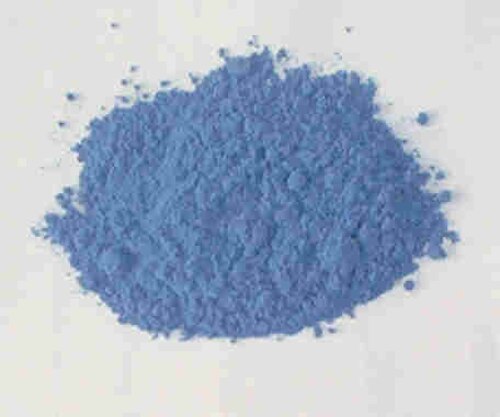
Egyptian blue
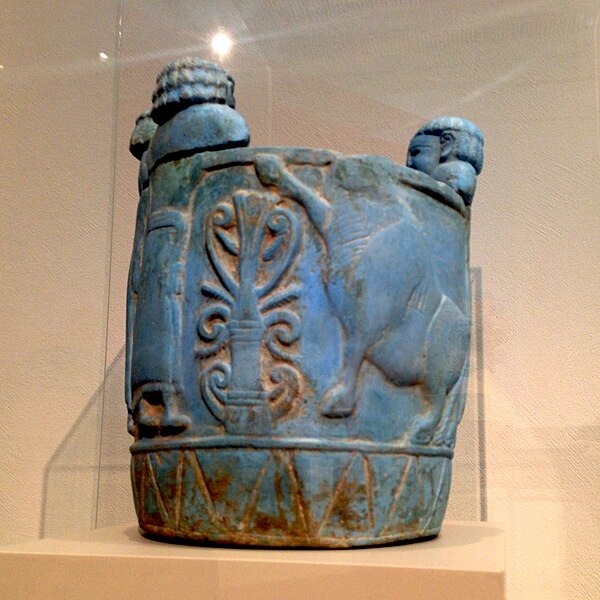
Pyxis made out of "Egyptian blue" faience: Imported to Italy from northern Syria, it was produced 750–700 BC. (Shown at Altes Museum in Berlin)
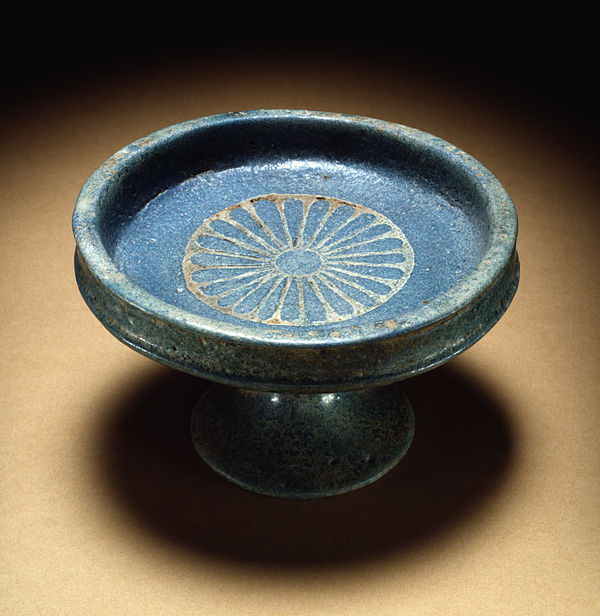
Blue faience saucer and stand, New Kingdom (1400–1325 BC)
Pigment
Videos
Page
A pigment is a powder used to add color or change visual appearance. Pigments are completely or nearly insoluble and chemically unreactive in water or another medium; in contrast, dyes are colored substances which are soluble or go into solution at some stage in their use. Dyes are often organic compounds whereas pigments are often inorganic. Pigments of prehistoric and historic value include ochre, charcoal, and lapis lazuli.

Pigments for sale at a market stall in Goa, India
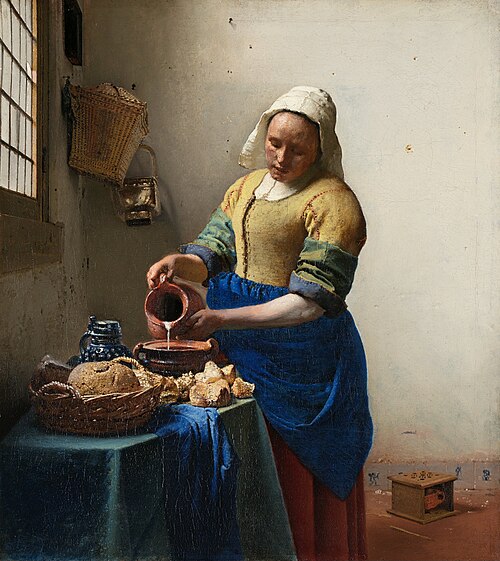
The Milkmaid by Johannes Vermeer (c. 1658). Vermeer was lavish in his choice of expensive pigments, including lead-tin yellow, natural ultramarine, and madder lake, as shown in the vibrant painting.
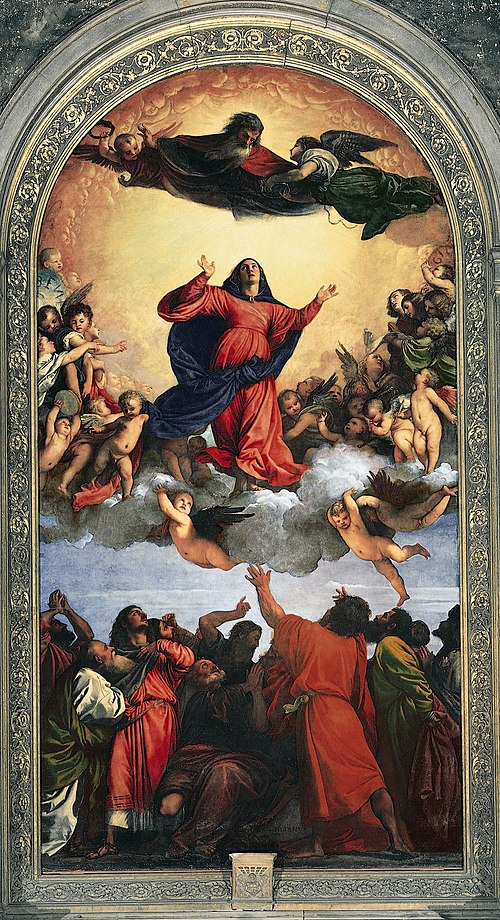
Titian used the historic pigment vermilion to create the reds in the oil painting of Assunta, completed c. 1518.

Miracle of the Slave by Tintoretto (c. 1548). The son of a master dyer, Tintoretto used Carmine Red Lake pigment, derived from the cochineal insect, to achieve dramatic color effects.